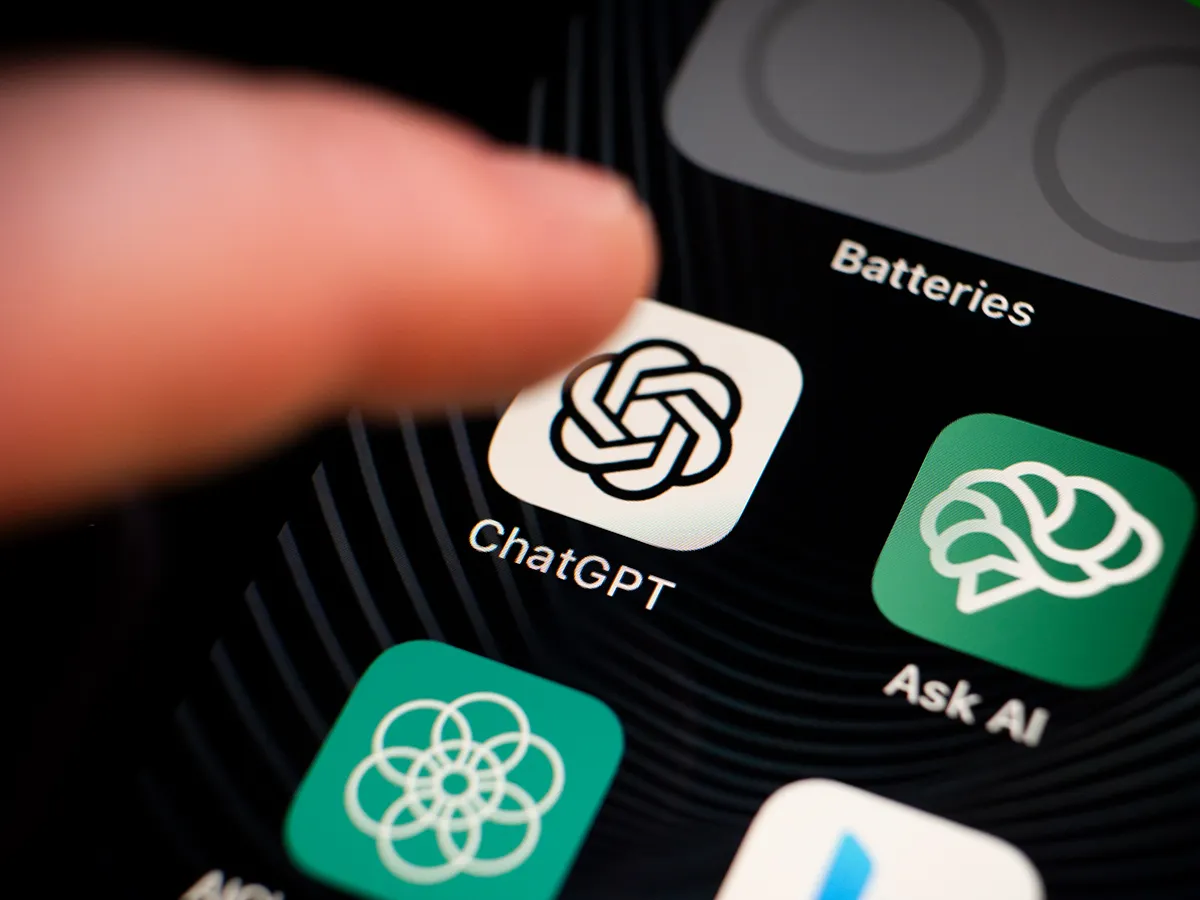Time seems to fly when one compares jumping around a rowdy playground in the afternoon to slouching over notes in the dead of night. Back in elementary school, we took many things for granted. We were all bursting with energy and complained about how bored we were because of the abundant free time that we had.
While our energy levels had mellowed down by middle school, we lost something: time. Four to seven classes a day, each with their own homework and studying requirements. During this period of our life, we were constantly told to have better time management: invest in a good planner, use your calendars, and make schedules.
By the time students learn to manage their time, if ever, they are already in high school. Suddenly, old tactics no longer work, and students are falling short. Cram sessions last until midnight and weekends are spent burnt out and exhausted, leading to a never-ending cycle. What school does not teach students is that time management alone is not enough to succeed. There is another key component: energy management.
Time management vs Energy management
While time management is defined as prioritizing and effectively using all the time of your day, energy management is how you perform your tasks in such a way that you optimize your energy usage. Think about the difference with a scenario. Imagine trying to fill up a pool with a hose. You can try blocking out times during the day that you will spend filling up the pool or, in contrast, may change the way you hold the hose to stop your arm from getting tired.
The former could be described as time management while the latter is energy management. In the former, you are maximizing your productivity by intentionally focusing on one task for a certain period of time. However, this method can proof inefficient if you have an energy dip in the middle of your task, in which you might feel tired and give up. In the latter, you maximize your stamina by working when your energy is highest. Unfortunately, if you rely solely on when you feel like doing a task, you may never get to it.
How to Manage Both Time and Energy
No management technique is better than the other. In fact, the best results occur with managing both time and energy appropriately. Here are some methods to take control of both:
Time Management
- Use a calendar or an agenda. By looking at due dates and events from daily, weekly, and monthly views, you can prioritize what is more important. For example, if you only use a weekly agenda, you may only focus on the quiz at the end of the week while ignoring a major test the following Monday. A few good calendar apps are Google Calendar and Notion, both of which are free. They allow you to easily make calendars and also have features to send you reminders for events.
- Make a list every single thing you need to do, even tiny tasks. Once you feel like you list is complete, highlight the top 3-5 most important things you need to do. The hardest part of doing work is choosing what you need to do. By deciding your most important tasks early on, you can quickly get started on your work.
Energy Management
- Understand your mood. Some people find themselves lazy and apathetic to work during the day yet feel a spike of energy before going to bed. Others feel like they are ready to get the day going as soon as they wake up, just to procrastinate all afternoon. These instances do not show lack of determination, but instead, lack of energy. Throughout the week keep in mind when you focus best versus when you procrastinate more. Based on this, consider making an “energy table.” Make 7 boxes for each day of the week and label each box with each hour of the day. Then, shade areas of the boxes: darker shades show high energy while lighter shades show low energy. This table can be used to make your daily schedule and organize when would be the most appropriate time to do certain work.
- Take breaks. If you work for long periods of times without breaks, you are more likely to burn out and waste the rest of your day scrolling social media. Consider using the pomodoro technique, where you set a timer, and at the end of that timer, take a break for a certain amount of time. You can find various videos online that can help you follow through with the technique. Another option is the flow method, where you set a stopwatch and work for as long as you can. Once you feel tired, take a break based on how long you work. You can either make your own rules on the break lengths or go online.
Conclusion
While it is near impossible to get every task done within a 24-hour time period, utilizing both time and energy management is the first step to maximizing results. There are a multitude of blogs and channels that are solely dedicated to explaining how to manage these two techniques. Eventually, getting into the routine of managing time and energy will allow you to stop cramming late into the night and instead wake up relaxed and ready to start a new day.















